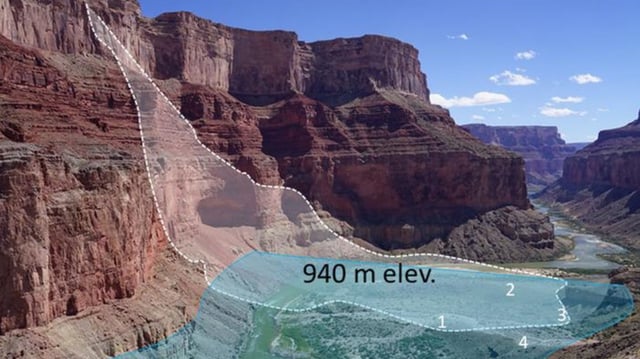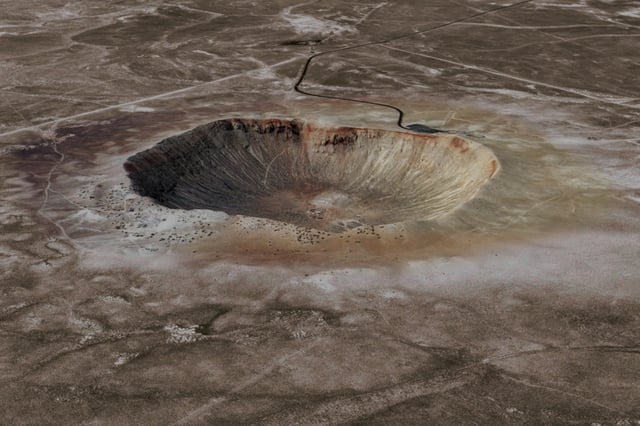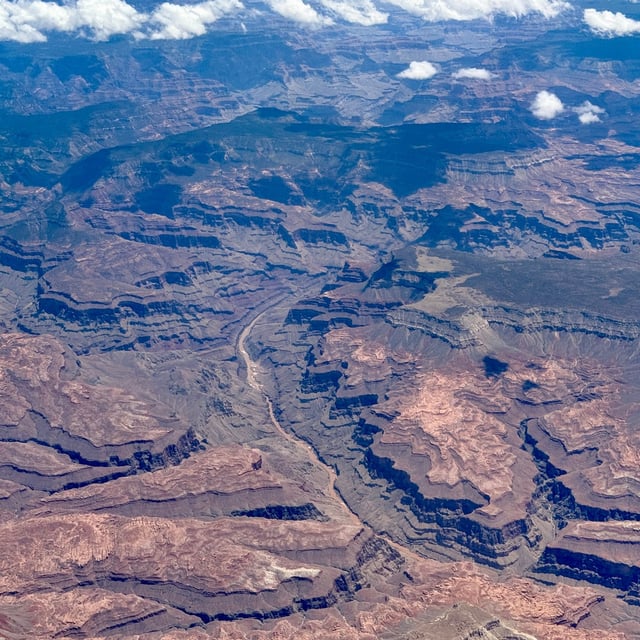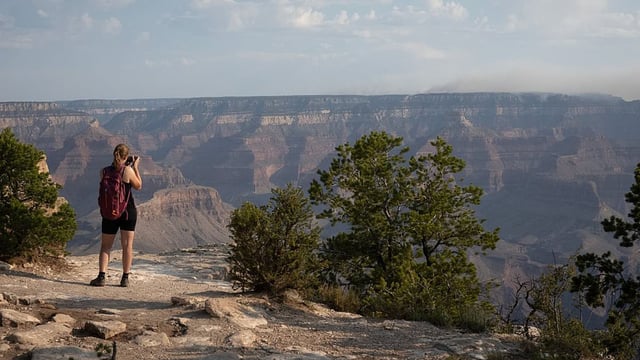Overview
- Advanced dating from New Zealand, Australian and Utah labs produced statistically indistinguishable ages of 55,600 ± 1,300 years for driftwood and cave sediments
- Seismic models estimate the impact generated a magnitude 5.4 quake at Meteor Crater and about 3.5 strength at the Grand Canyon, enough to destabilize steep walls
- High-elevation cave evidence, including driftwood in Stanton’s Cave and beaver tracks in Vasey’s Paradise, indicates a paleolake backed up past Lees Ferry
- The landslide dam at Nankoweap Canyon likely formed a transient lake that overtopped and eroded within a millennium, reviving a USGS hypothesis from the 1980s
- Authors caution that despite the tight age overlap, alternative triggers such as a local earthquake or random rockfall cannot yet be ruled out



